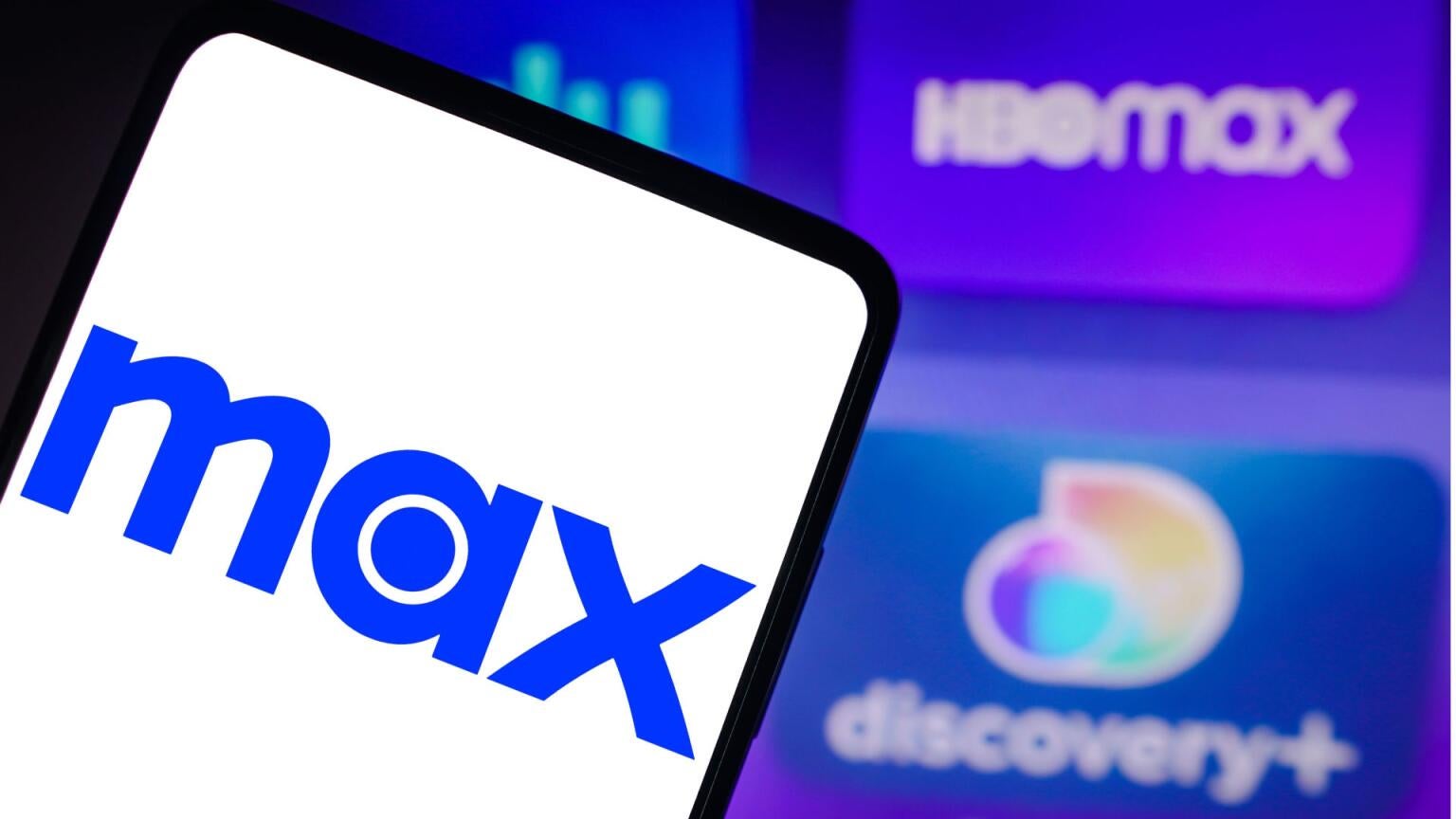
When viewing the streaming landscape through a wide lens, there are visible signs that streamers are increasingly willing to aggregate. So far, it’s been companies bringing their own disparate streaming platforms together, like Warner Bros. Discovery. It will launch its new streamer Max on May 23, a service that will integrate the library of HBO Max with most of the content from discovery+.
WBD is not the only company looking to reduce friction between its streaming services; Disney CEO Bob Iger recently committed to bringing Disney+ and Hulu together as a “one-app experience.” But speaking at the MoffettNathanson Technology, Media and Telecom Conference on Thursday, WBD President and CEO David Zaslav attempted to empathize with the plight of consumers who had to navigate several different apps to find the content they wanted.
“One of the challenges in the business right now is that the difficulty for a consumer in aggregating the content that they love,” he said. “Entertainment, nonfiction content, sports content, everyone’s Googling where is it, how do I get it. It’s not rational and it’s not really sustainable, not sustainable because it’s not a good consumer experience, not sustainable because there are a lot of people in this business that are just losing too much money.”
Zaslav also discussed the regulatory challenges of too many streamers merging their products onto the same service, but argued that consumers would be best served by having the content they want to see most consolidated onto the same app.
“For me, it seems very clear that if we were to package this great product that we have with others, if we were to wake up tomorrow and in each market, if we’re the #1, 2 or 3 product, if we were marketed [on a platform merged with] #2 or #3 for a specific price, it would be great for consumers,” Zaslav reasoned. “It would probably reduce churn. We’d both be marketing one product. And it would provide a meaningful consumer experience, not just on price but that, okay, I now have a bigger package of content that’s broader.”
He also said that if Warner Bros. didn’t start having those conversations, other players in the industry like Apple and Prime Video would. “If we don’t do it to ourselves, I think it will be done to us,” Zaslav predicted.
The regulatory challenges involved in what Zaslav is discussing would indeed be daunting, as a service that hypothetically combined Max with Disney+ would have a huge share of the market. There is a middle path of aggregation that streaming users have been begging for; platforms that can search across Netflix, Prime Video, Paramount+ and all the other streamers a user is subscribed to for titles, content recommendations and more.
There are platforms that attempt to do this, such as Plex and Prime Video Channels. But companies often balk at placing their content on the same consolidation platforms as their competition, which is why services like Disney+ are not currently found on Prime Video Channels, and why Amazon Fire TV devices started blocking deep links from third party apps in January.
There’s consumer data to warrant Zaslav’s concerns about the high number of streaming services, and the amount of friction customers experience when moving between them. A survey released this week showed fewer American customers were using subscription video services in general, and that the number of consumers purchasing multiple streaming subscriptions at once —a behavior called stacking— had also decreased.
Streamers are still figuring out how to make themselves profitable, and for some it will be a long road before that goal is achieved. But for companies like WBD, which saw its streaming platforms turn a $50 million profit last quarter and expects to register a net profit from streaming in 2023, it’s time to start thinking about what comes next. That could very well mean consolidation of streaming products, if companies can do so in a way that keeps the market sufficiently competitive.
Max
Max is a subscription video streaming service that gives access to the full HBO library, along with exclusive Max Originals. There are hubs for content from TLC, HGTV, Food Network, Discovery, TCM, Cartoon Network, Travel Channel, ID, and more. Watch hit series like “The Last of Us,” “House of the Dragon,” “Succession,” “Curb Your Enthusiasm,” and more. Thanks to the B/R Sports add-on, users can watch NBA, MLB, NHL, March Madness, and NASCAR events.

